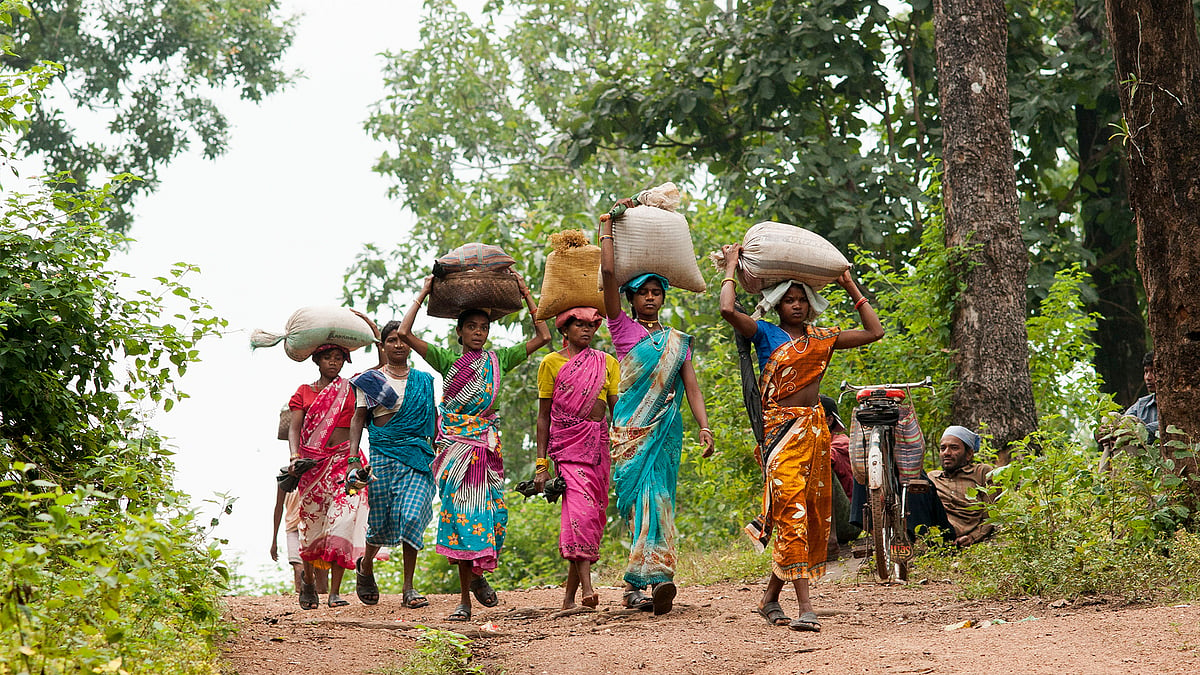Amid farm losses and fragmented habitats, Kerala struggles to mitigate human-wildlife conflict
Forests make up for nearly 30 percent of Kerala’s geography. A look at the conflict through the gaze of one village around Kottiyoor wildlife sanctuary.
“Wild animals have replaced the role of landlords, who were previously the main source of conflict for farmers,” says Thomas K D, a 69-year-old cashew farmer whose crop yield has shrunk to two quintals from the seven before. Sitting at his cashew plantation with banners protesting against official apathy, he blames his losses on monkey attacks.
Thomas’s complaint is only a sign of the quiet disquiet in areas bordering the Kottiyoor wildlife sanctuary, in the foothills of the lush Western Ghats, in Kerala’s Kannur district. He is among the over 20,000 residents in Kottiyoor village whose livelihoods depend directly or indirectly on agriculture. Most of the population in Kottiyoor farms crops such as bananas, rubber, dry copra, pepper, arecanut, and cashew.
Suffering losses and mounting debt due to wildlife attacks, more than 500 have also opted for the forest department’s scheme for voluntary relocation in Kannur district.
While wildlife attacks have not claimed many lives in Kottiyoor, the human-wildlife conflict has been in the news this week with the United Democratic Front staging a walkout in the Kerala assembly. The opposition alleged that there have been 640 casualties since 2018 in the state and the forest department lacks a feasible plan to mitigate the problem.
Nearly 30 percent of Kerala’s geographical area is forested, and there are several densely populated human settlements near protected forests, with many farm lands in proximity of wild habitats.
Meanwhile, responding to the opposition’s attack, forest minister A K Saseendran said the state “cannot act alone”. He said the government has constructed solar fences and moats around vulnerable areas. “The forest department was taking aggressive measures to minimise damages as more than 2,000 wild boars were shot. It was inappropriate to point fingers at the government because it was working hard to eliminate the threat.”
But not much has changed in Kottiyoor, where the Bavali river babbles across the border between the forest and human settlements.
“I used to go for rubber tapping at around 4 am, but over the past year, I had to go at 5.30 am to avoid wild boars inside the plantations," says Biju, a 50-year-old farmer. He says this has impacted production as morning taps are preferable for latex collection. “Today, it is best to avoid planting anything, particularly rubber, as its price is still the same as it was 15 years ago. Wild boars have made it even harder in this situation.”
It has affected the whole family. Biju’s wife Jancy, who used to look after the couple’s cattle shed and also work with a self-help group, hardly gets the time to balance daily chores as she has “no choice “but to go together in order to finish tapping before at least 7 am”. “Whenever we go early in the morning to our fields, the wild pigs can be seen moving in a group. The small amount of tapioca in the fields is often uprooted,” says the 47-year-old.
According to the 2011 Census, of the 97.58 sq km area in Kottiyoor, 63.55 sq km is forest area and the remaining 32.52 sq km is agricultural land. The Kottiyoor wildlife sanctuary shares its boundaries with the Brahmagiri wildlife sanctuary in Karnataka, and the Wayanad and Aralam wildlife sanctuaries in Kerala.
Tomy P J, a banana and coconut farmer, says his crops have been “completely destroyed” by monkeys over the last four months. Along with his brother Joy, he also grows cashew on 10-acre land. “The lack of agricultural produce inside the forest is the reason why animals come here. We tried different methods to drive them away, such as toy snakes, beehives and dry fish, but they still remain,” says Joy.
Jils Mekkal, a local activist who is part of farm unions and a retired employee of the Kottiyoor service cooperative bank, comes from a family of farmers. “I have constantly interacted with farmers during my career. Farmers come to the bank for loans for agriculture and when their crop fails due to wildlife attacks or natural calamities, they find it extremely hard to repay the loans.”

